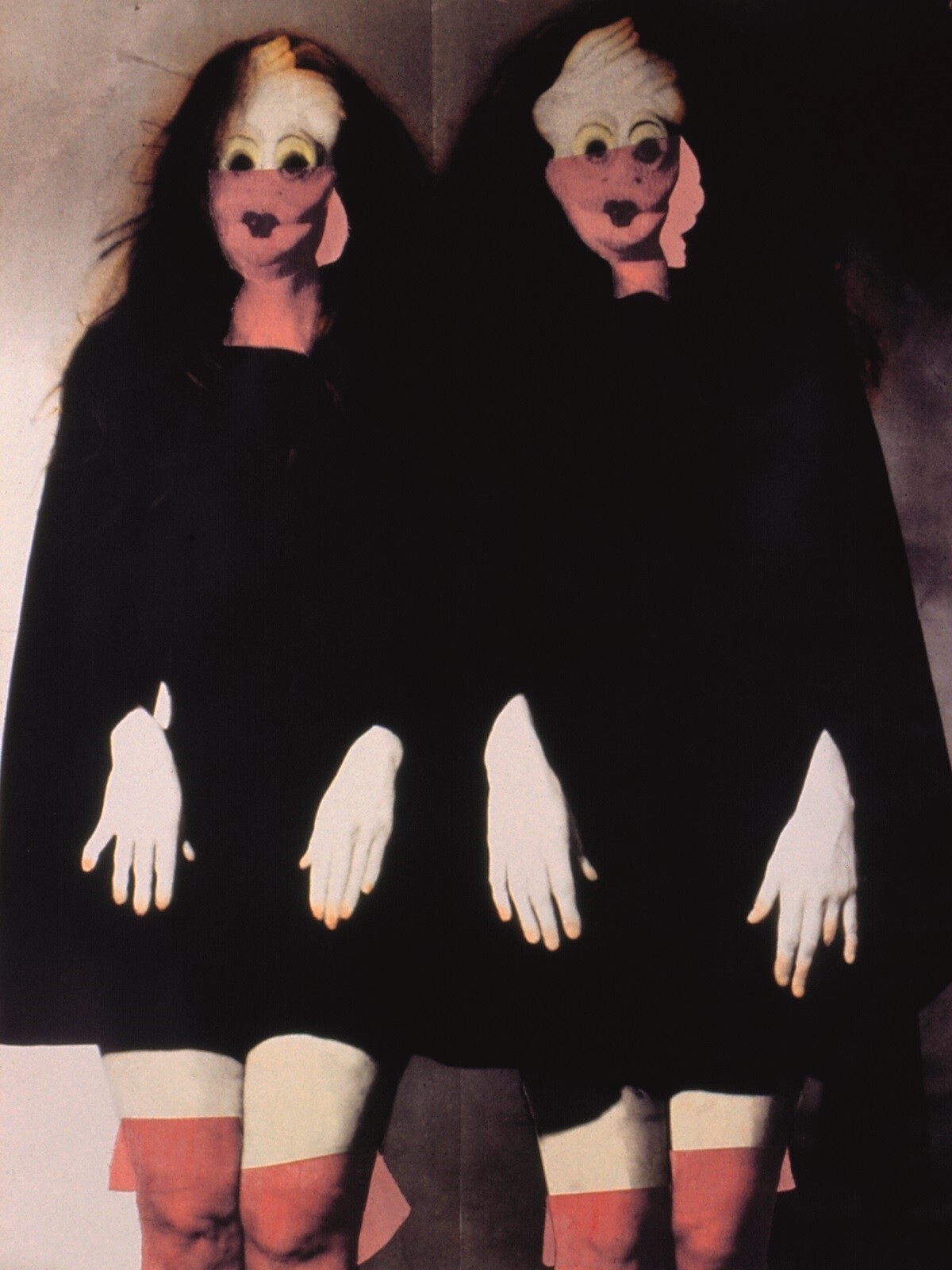ZOOM
September 28–December 1, 2023
Wilcza 29a/12
00-544 Warsaw
Poland
Hours: Tuesday–Saturday 12–6pm
T +48 608 290 996
lokal30@gmail.com
A basic camera function serving to see an object from up close, zoom lies at a thematic and symbolic intersection of Izabella Gustowska’s and Jolanta Marcolla’s work. The artistic practices of these two representatives of the 1970s neo-avant-garde and media art are exhibited here to shed new light on their creative approaches and bring them closer together.
Gustowska and Marcolla belong to a generation debuting in the 1970s. Their early works represent the beginnings of feminist thought’s impact on visual arts. Both studied during the same period, Gustowska in Poznań, Marcolla in Wrocław. Their life paths never converged, but their pieces were shown together at “Kunst mit Eigen-Sinn. Aktuelle Kunst von Frauen”, an exhibition at Vienna’s mumok. Initiated in 1985 by Valie Export, this showcase became a manifesto of feminist art of the era, featuring Miriam Cahn, Sophie Calle, Helen Chadwick, Valie Export, Isa Genzken, Jenny Holzer, Barbara Kruger, Maria Lassnig, Ulrike Rosenbach Cindy Sherman, Nancy Spero, Rosemarie Trockel, as well as Izabella Gustowska and Jolanta Marcolla, among others.
Both these artists used personal image in their work, their own and those of other women. Their need to express themselves by showing their bodies, and faces, whole or in fragments, was similar to that of other women artists active in the 1970s, such as Natalia LL, Ewa Partum, and Teresa Tyszkiewicz. The female figure served them to conduct visual experimentation with its roots in conceptual art, in search of formal and self-thematic qualities. They took the initiative and created art following their own rules, recording everyday reality and permanently embedding it in the sphere of artistic activity.
Jolanta Marcolla is the protagonist of almost all of her photographic and film works, both as a subject and an object of her creative explorations. Although her practice originates from the conceptual tradition, the artist also focuses on analyzing personal image in the context of social mores and the media’s impact on women’s self-awareness. The body in communist Poland was not as commercialized as in capitalist countries, but a clearly defined canon of beauty and fashion was also promoted and imposed here in the media and how-to guides. With her signature irony and sense of humor, Marcolla works her own way around beauty tips on how to make the lips look larger, use a cucumber face mask, and easily coiffe flirtatious curls over her forehead. She is surely a talented actress, capable of embodying a plethora of characteristic, lively figures that look and behave in different ways despite the modest range of available transformation tools, limited to make-up, hairstyle, and facial expression.
Izabella Gustowska’s works in the exhibition represent her series Relative Traits of Likeness. The artist, who herself has a twin brother, explores her fascination with physical similarity. The eponymous “relativity” refers to emotional and characterological differences between twins. Similarly to Marcolla, a director of her own image, Gustowska becomes a subtle and tender portraitist of her models: famous Wichna and Hanka, the Krajewski Sisters, her elder sister Lula, her spiritual “twin by choice”—Krystyna Piotrowska, and herself. Girls and women from her graphic prints and films remain faithful to themselves, natural in acting out their given roles: sticking their tongues out, pulling faces, ruffing their hair, baring their teeth, mirroring each other’s gestures. In this way, they reject the constraints of being good-looking and nice. They’re having fun: wearing a fake mustache, making sculptural casts of their body fragments, and sometimes coming into close physical contact, thus enacting a corporeal monotype. Always together, they are double, but at the same time individual, aware of the camera lens, the close-up, and the zoom, while also ignoring it by concentrating heavily on themselves. They are accompanied by their tender guide, friend, and sister Izabella Gustowska.
The encounter between Gustowska’s and Marcolla’s work is far from random, although it does have an experimental quality to it. Their pieces differ markedly in formal terms. Gustowska has worked on a large scale from the very beginning – her colorful graphic prints based on photographs confront viewers with a life-size female figure. Marcolla, in turn, mostly remains faithful to small-scale, intimate, black-and-white photographic prints. Bringing these two dimensions together in a single exhibition throws into relief the characteristics of both artists’ work. Seeking visibility in the male-centric art world of the 1970s and 1980s, they reclaimed a place for woman’s image created according to their own rules. They did this with an air of frivolity and humor, working and playing at the same time.












